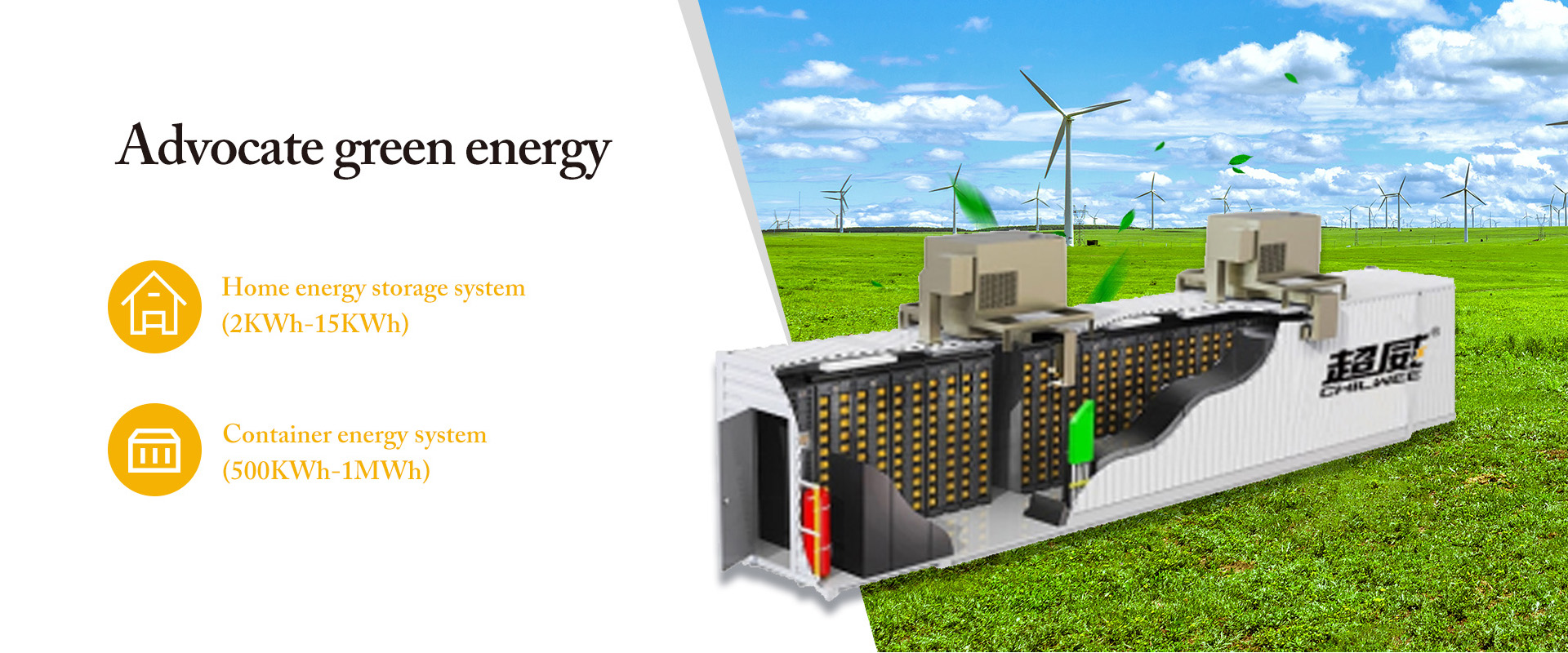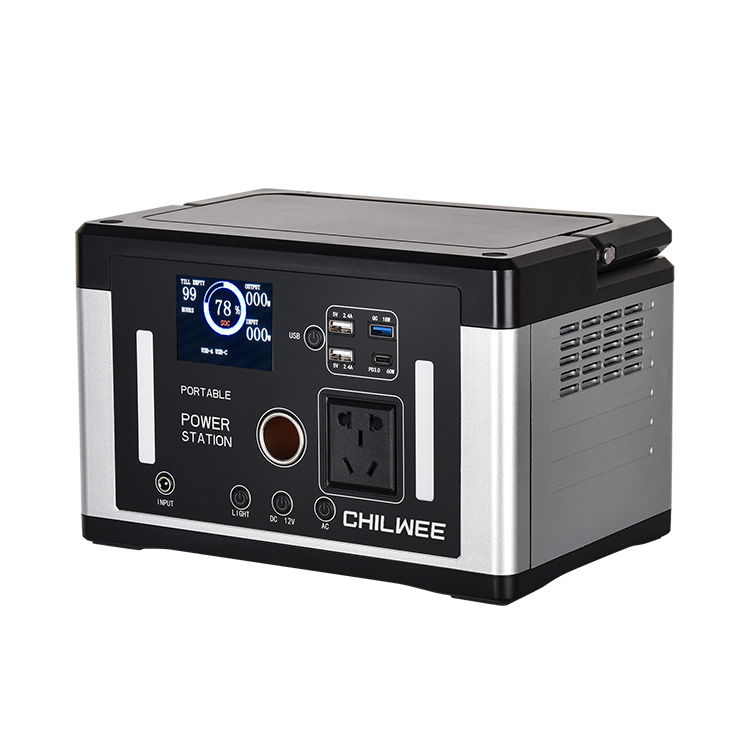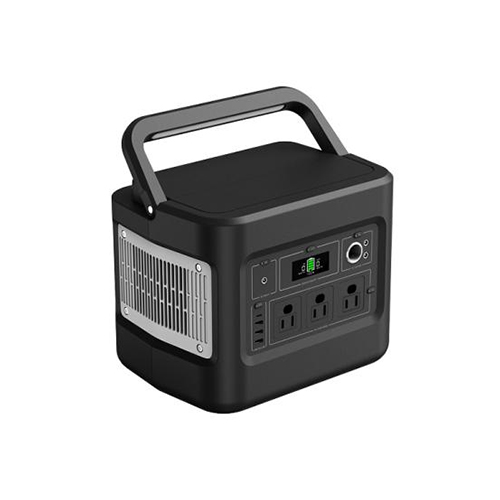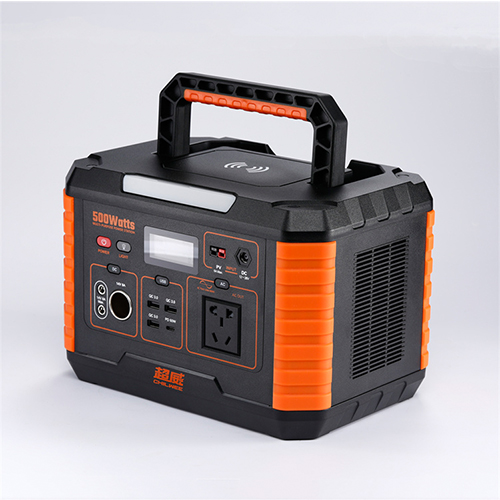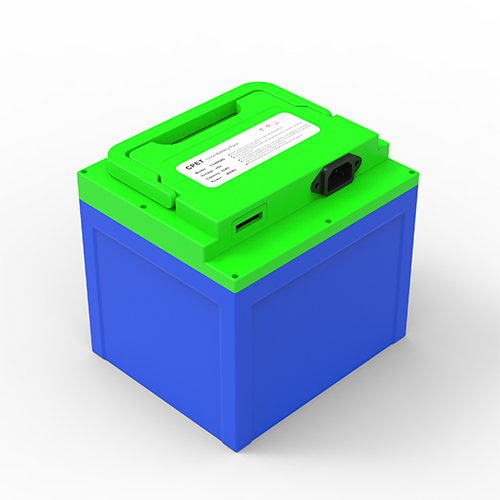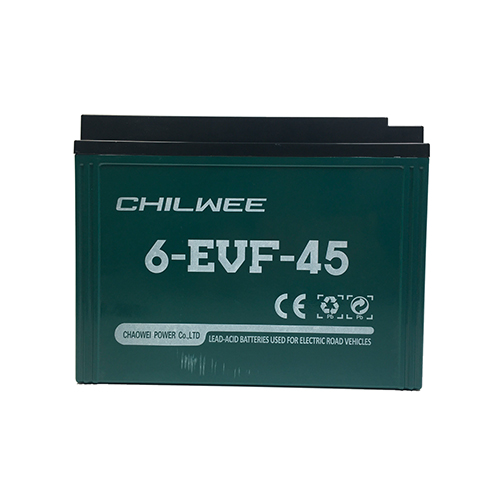The capacity of storage battery is directly related to the normal start and operation of vehicles and tractors. If poorly maintained, even newly installed batteries can quickly lose capacity and shorten their service life. The main reasons for the decline in capacity are as follows:
1. Plate vulcanization. In other words, the coarse white lead sulfate gradually formed on the surface of the plate is hard and not easily soluble in the electrolyte, which is not easy to reduce with the electrolyte when charging, thus reducing the active substance. In addition, the coarser particles of lead sulfate blocked the pores of the plate, making it difficult for the electrolyte to penetrate into the plate, increasing the internal resistance, reducing the active substance in the plate, and reducing the capacity of the battery. The reasons for plate vulcanization are as follows.
(1) The battery is in full discharge or half discharge state for a long time. Due to changes in air temperature, such as high temperature T, part of the lead sulfate on the plate dissolves into the electrolyte. When the temperature drops, the lead sulfate dissolved in the electrolyte reprecipitates, causing recrystallization and forming coarse crystals attached to the plate.
(2) If the liquid level of the battery drops, the upper edge of the plate will be exposed and oxidized by the air. Then in the process of bumping the machine, the oxidized part will also produce coarse lead sulfate in contact with the electrolyte, which will make the upper edge of the plate vulcanized.
(3) The proportion of electrolyte is too high, the discharge current is too high, the temperature is too high will aggravate the chemical reaction, lead sulfate deposition on the plate, will also promote vulcanization. In order to prevent plate vulcanization, the battery should always be fully charged, the electrolyte should be submerged on the upper edge of the plate and according to different regions and seasons to choose the correct proportion of electrolyte.
2. Self-discharge. The phenomenon of a fully charged battery gradually losing power when not in use is called self-discharge. Under normal circumstances, daily flow should not exceed 0.35%-0.5%. The main causes of self-discharge are as follows:
(1) There are impurities in the plate or electrolyte. The potential difference between the impurity and the plate, or between different impurities, becomes a local battery, and a circuit is formed through the electrolyte, which generates a local current and discharges the battery.
(2) The diaphragm breaks, resulting in a short circuit between the positive and negative poles.
(3) There is an electrolyte or water on the surface of the battery shell, which becomes a conductor between the two poles, causing the battery to discharge.
(4) The active substance falls off too much and is deposited at the bottom of the battery, shortening the plate and causing discharge. In order to reduce self-discharge, in addition to the battery manufacturing materials should be as pure as possible, the shell surface and pile head must be kept clean, and the electrolyte must be chemically pure sulfuric acid and distilled water.
3. In the normal use and charging and discharging process of the battery, the volume of the active substance on the plate keeps expanding and contracting, which will lead to the slow shedding of the active substance. If not used properly, the active material can quickly fall off, causing a short circuit to the plate. The main reason for shedding of active substances is that the current is too high or the temperature is too high when charging, and the active substance is often overcharged. When discharging, if the current is too large (such as connecting the starting motor for too long), the plate will arch (because the active substance of the plate is involved in different chemical reactions, resulting in inconsistent volume changes), the active substance of the plate will fall off.
4. Shell cracking or sealant fracture.
The crack causes the electrolyte to leak out and the liquid level to fall. If there is a slight crack in the inner wall, connect the two cells to lower the voltage. The main reason for the crack is that the battery base screw is too tight, too fierce, the exhaust port is blocked, the gas can not be released, so that the pressure of the single battery is too high, frost crack occurs in winter, and the vibration is too large when driving.
 English
English  Esperanto
Esperanto  Català
Català  icelandic
icelandic  Kreyòl ayisyen
Kreyòl ayisyen  Shqiptar
Shqiptar  lugha ya Kiswahili
lugha ya Kiswahili  አማርኛ
አማርኛ  ជនជាតិខ្មែរ
ជនជាតិខ្មែរ  Монгол хэл
Монгол хэл  Somali
Somali  O'zbek
O'zbek  Español
Español  Português
Português  русский
русский  français
français  日本語
日本語  Deutsch
Deutsch  Tiếng Việt
Tiếng Việt  Italiano
Italiano  Nederlands
Nederlands  ไทย
ไทย  Polski
Polski  한국어
한국어  Svenska
Svenska  magyar
magyar  Malay
Malay  বাংলা
বাংলা  Dansk
Dansk  Suomi
Suomi  हिन्दी
हिन्दी  Pilipino
Pilipino  Türk
Türk  Gaeilge
Gaeilge  عربى
عربى  Indonesia
Indonesia  norsk
norsk  اردو
اردو  čeština
čeština  Ελληνικά
Ελληνικά  Українська
Українська  فارسی
فارسی  नेपाली
नेपाली  Burmese
Burmese  български
български  ລາວ
ລາວ  Latine
Latine  Қазақ
Қазақ  Lietuvos
Lietuvos  Română
Română 



